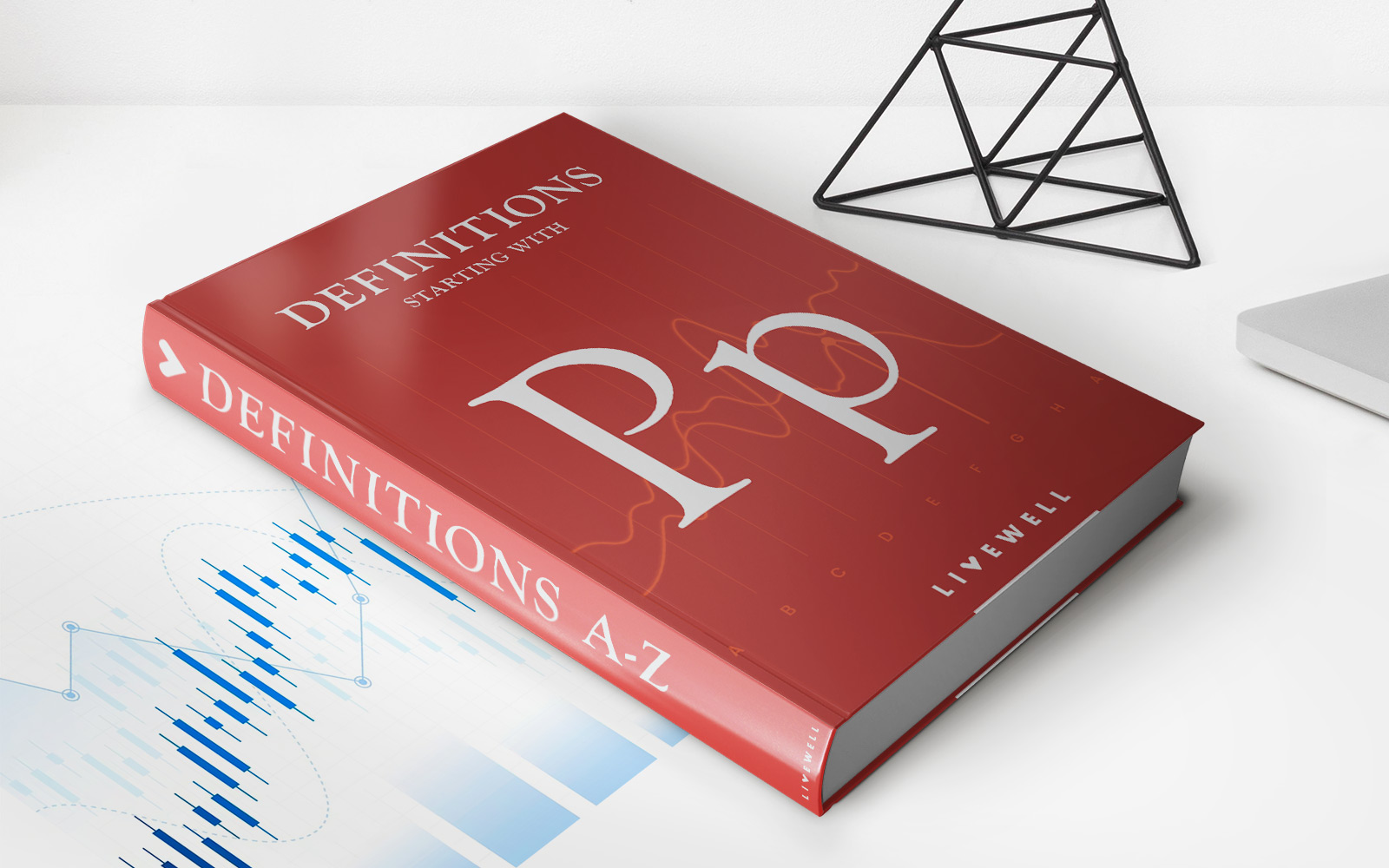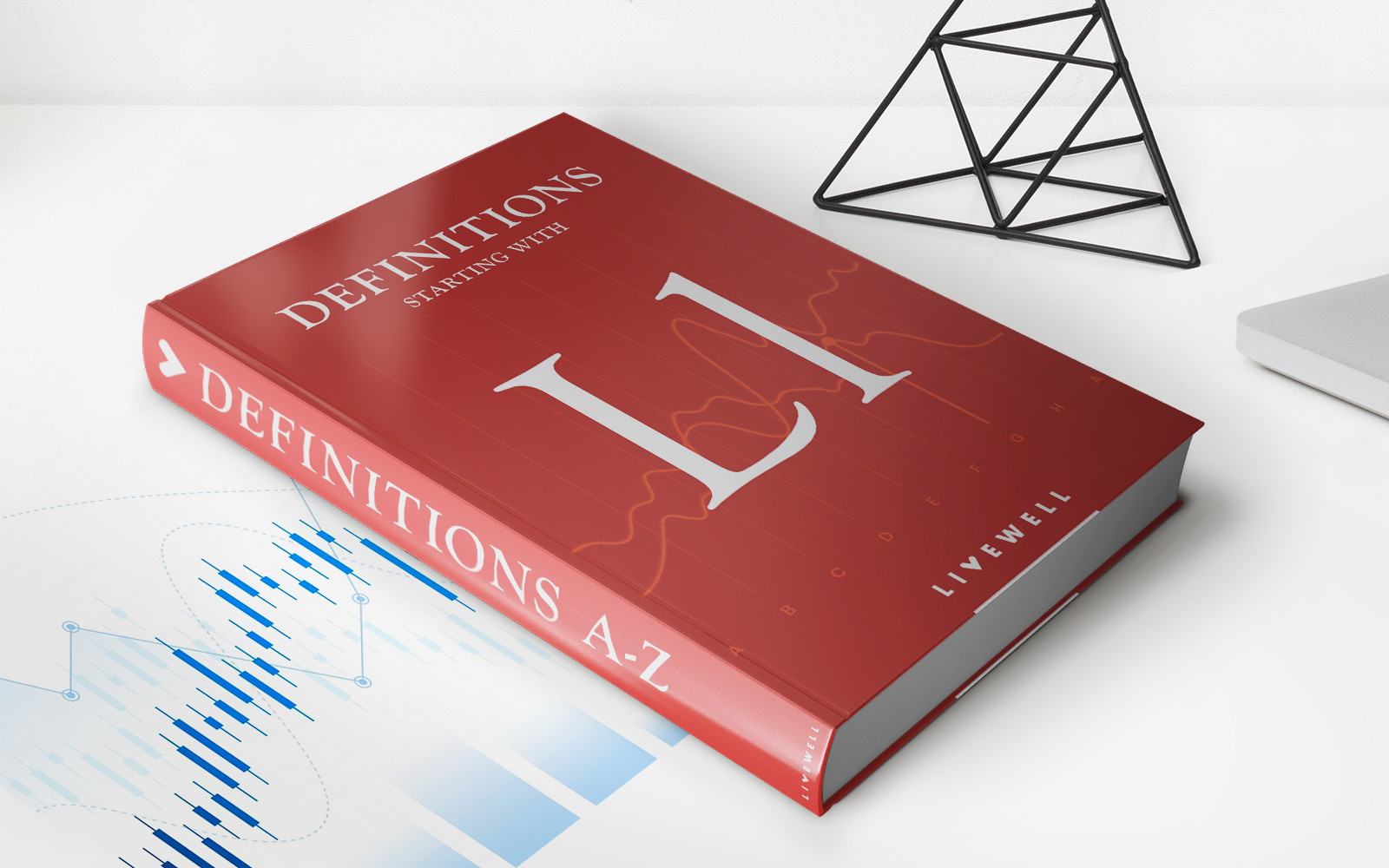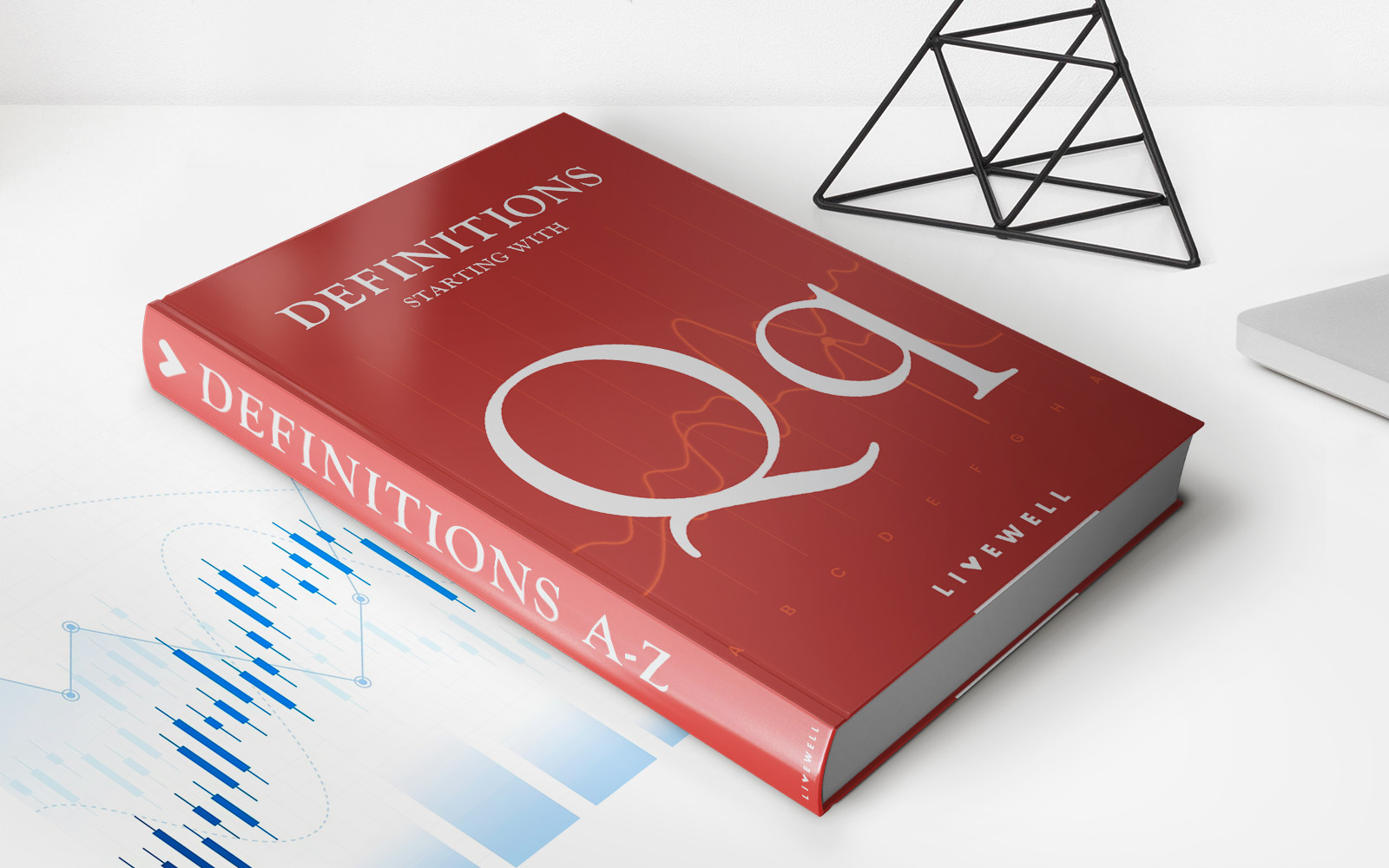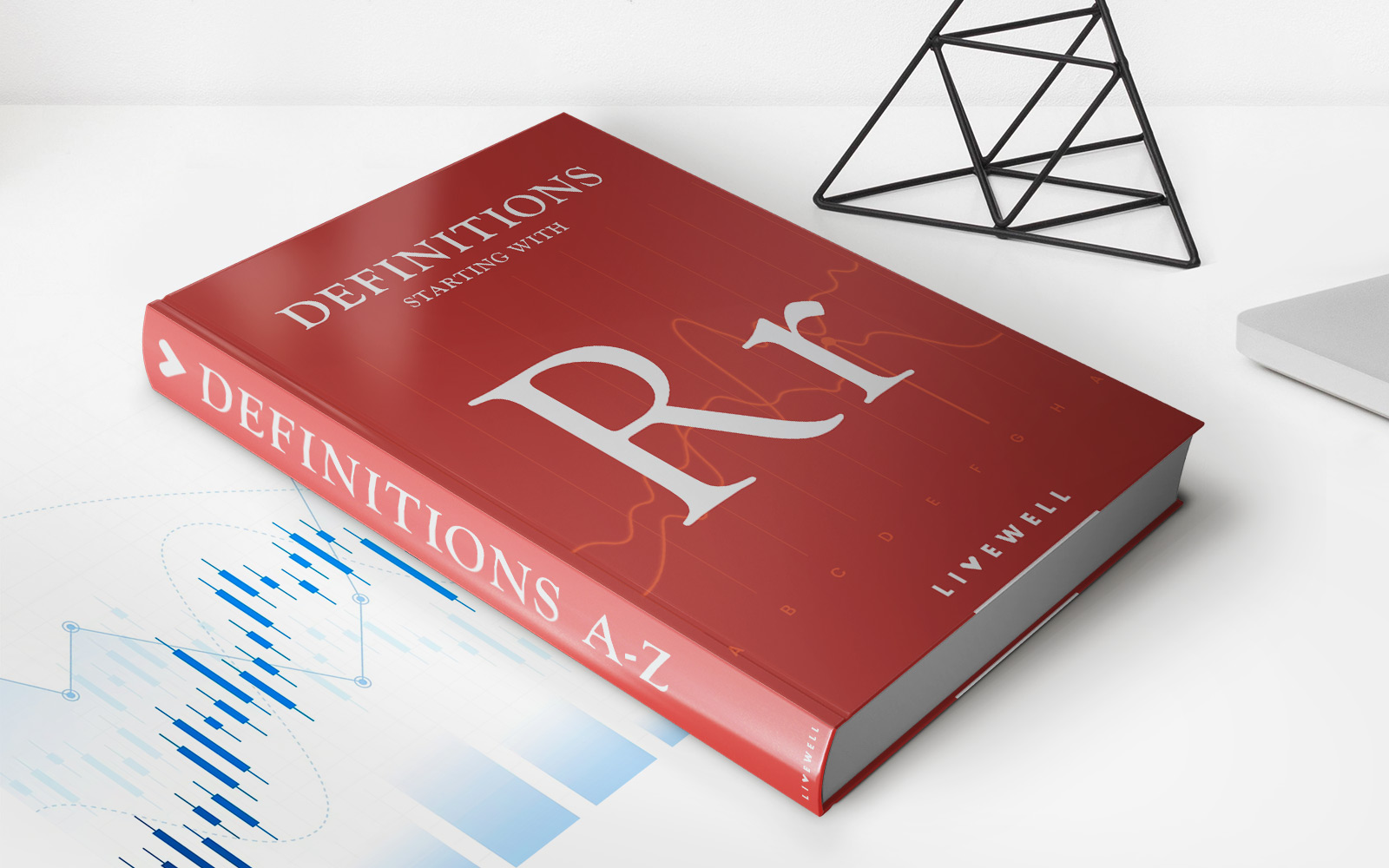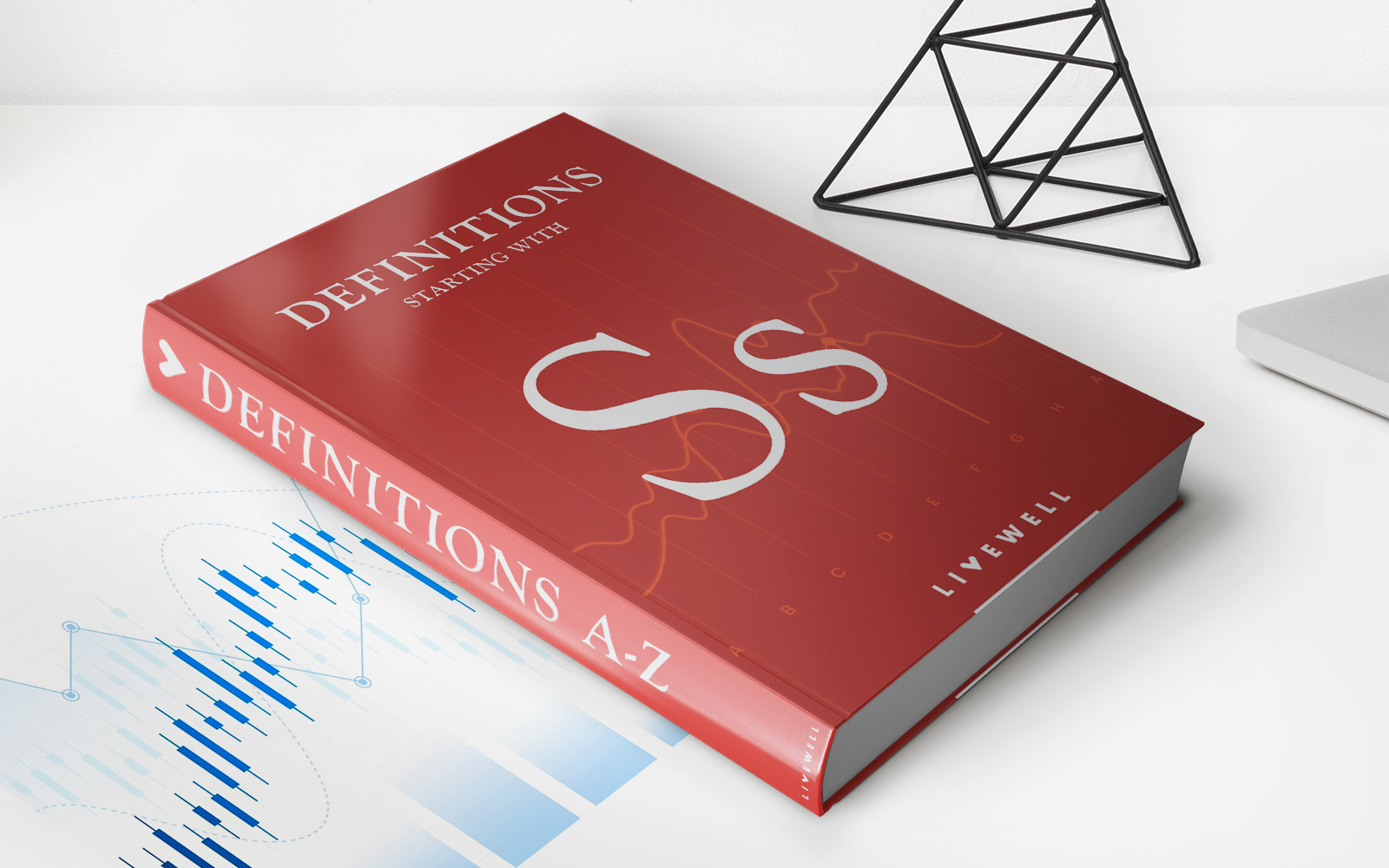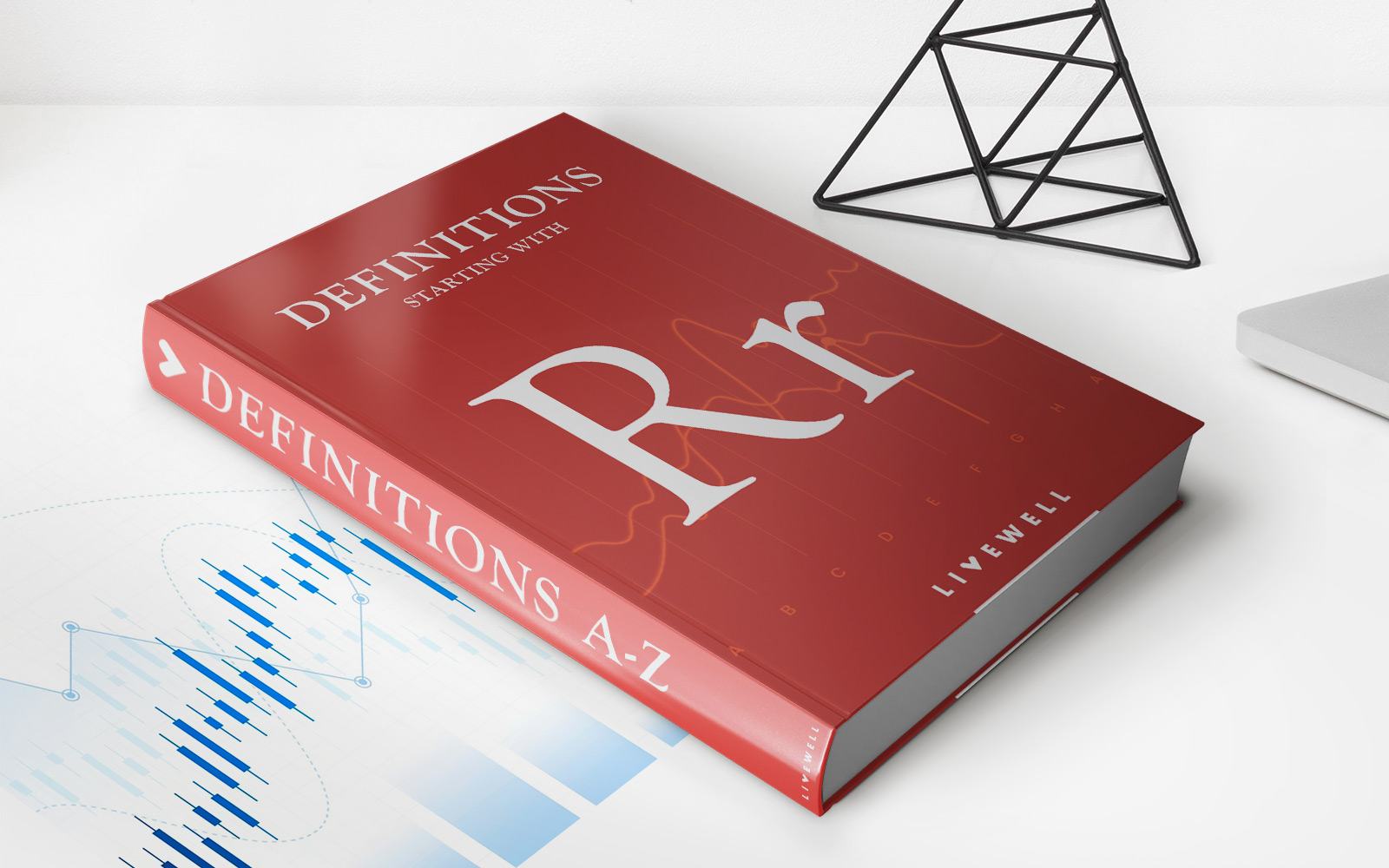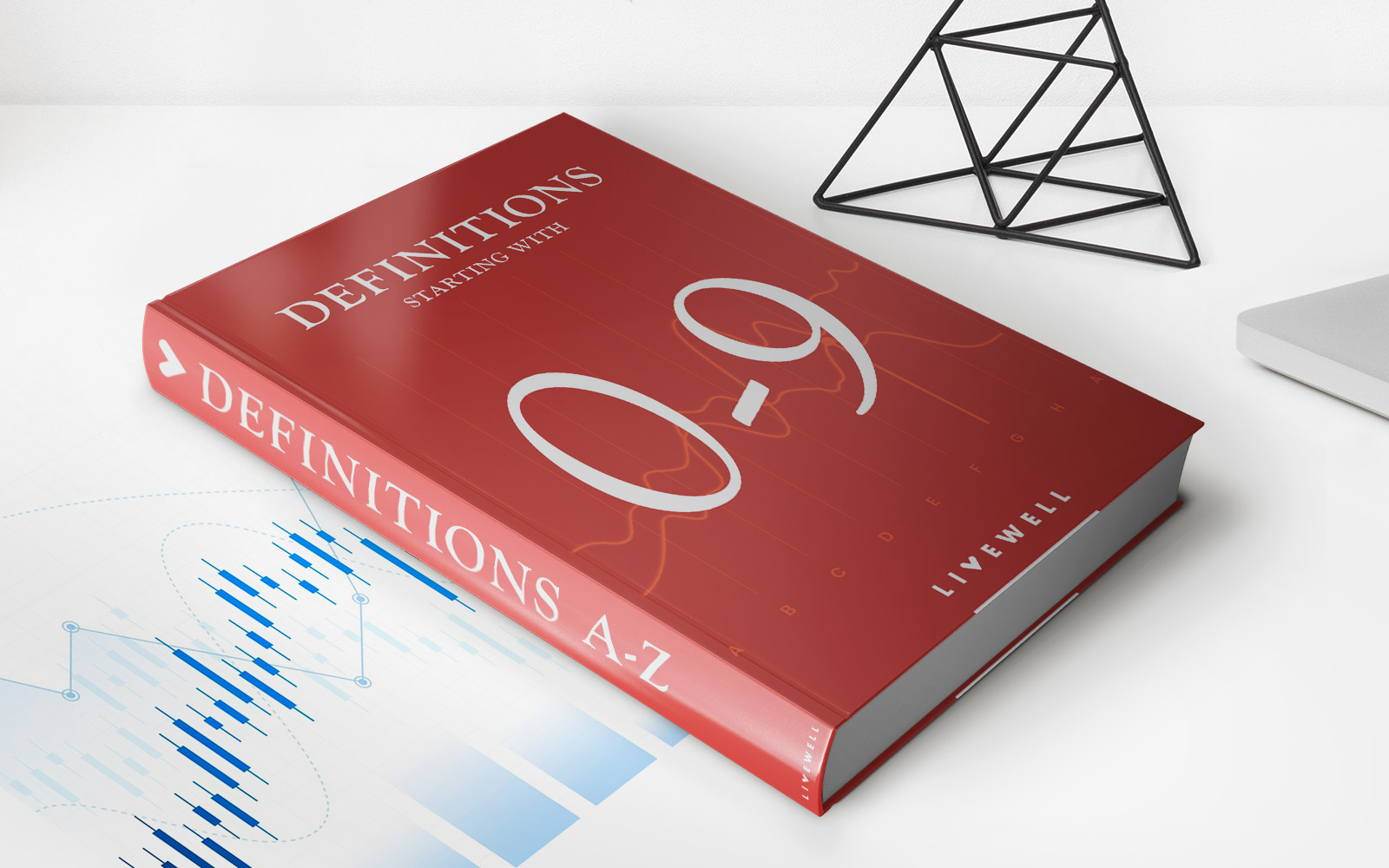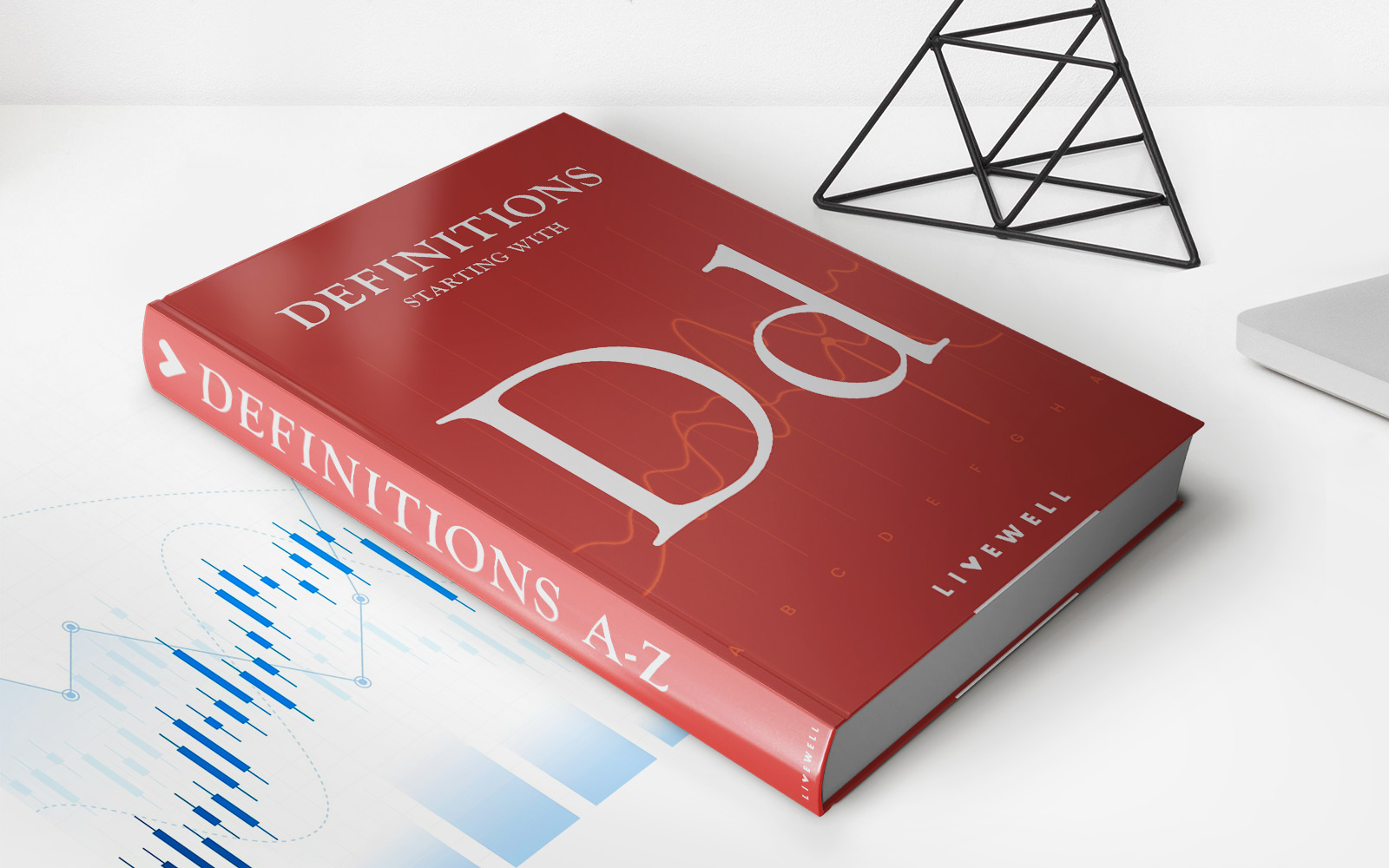Home>Finance>Empirical Rule: Definition, Formula, Example, How It’s Used


Finance
Empirical Rule: Definition, Formula, Example, How It’s Used
Published: November 17, 2023
Learn the empirical rule in finance, including its definition, formula, and an example of how it's used to analyze data and make predictions.
(Many of the links in this article redirect to a specific reviewed product. Your purchase of these products through affiliate links helps to generate commission for LiveWell, at no extra cost. Learn more)
Empirical Rule: Definition, Formula, Example, How It’s Used
Welcome to the finance category of our blog! In this post, we will delve into the fascinating concept of the Empirical Rule. If you’ve ever wondered about how data is distributed and what patterns it might follow, then this article is for you. We will explore the definition, formula, and provide an example to help you understand how the Empirical Rule is used. So, let’s dive in!
Key Takeaways:
- The Empirical Rule is a statistical concept that helps us understand the distribution of data.
- It states that for any bell-shaped or approximately bell-shaped distribution, approximately 68%, 95%, and 99.7% of the data falls within one, two, and three standard deviations from the mean, respectively.
What is the Empirical Rule?
The Empirical Rule, also known as the 68-95-99.7 Rule or the Three Sigma Rule, is a fundamental concept in statistics that describes the distribution of data when it follows a bell-shaped curve (known as the normal distribution). It helps us understand how data clusters around the mean, or average, and provides insight into the spread of the data.
To put it simply, the Empirical Rule tells us that data within one standard deviation from the mean captures about 68% of the observations. When we expand this range to two standard deviations, we encompass around 95% of the data, and when we stretch it to three standard deviations, we include approximately 99.7% of the data. This rule gives us a quick and reliable way to analyze and interpret data distributions.
The Formula
The formula for the Empirical Rule is as follows:
68-95-99.7 Rule: Mean ± (n x standard deviation)
Where:
- Mean: The average value of the data set.
- n: The number of standard deviations from the mean (1 for one standard deviation, 2 for two standard deviations, 3 for three standard deviations).
- Standard Deviation: A measure of how spread out the data is from the mean.
How is the Empirical Rule Used?
The Empirical Rule is widely used in various fields such as finance, economics, biology, and social sciences. It helps us make predictions and draw conclusions based on the patterns observed in data distributions. Here are a few examples of how it is used:
- In finance, the Empirical Rule can be used to analyze stock returns. By understanding the distribution of returns, investors can make informed decisions on portfolio allocation and risk management.
- In quality control, the Empirical Rule is utilized to determine if a manufacturing process is working within acceptable limits. Deviations beyond three standard deviations from the mean may indicate a potential issue in the production line.
- In educational research, the Empirical Rule is used to analyze test scores. It allows educators to identify students who may require additional support or those who are excelling beyond expectations.
By using the Empirical Rule, analysts and researchers can gain valuable insights into the data they are working with, enabling them to make better decisions and draw more accurate conclusions.
In Conclusion
The Empirical Rule is a powerful statistical concept that helps us understand the distribution of data. By knowing that approximately 68%, 95%, and 99.7% of the data falls within one, two, and three standard deviations from the mean, respectively, we can analyze and interpret data more effectively. Whether you’re working in finance, manufacturing, or education, the Empirical Rule provides a reliable framework for understanding data patterns and making informed decisions. So, embrace the power of the Empirical Rule and unlock deeper insights into your data!
